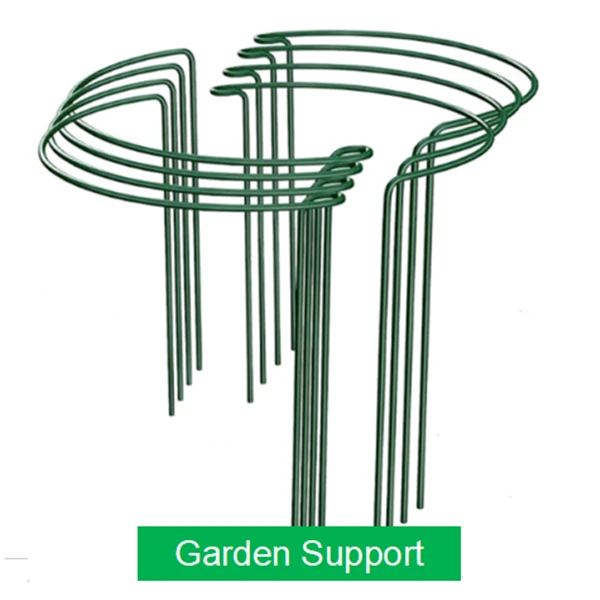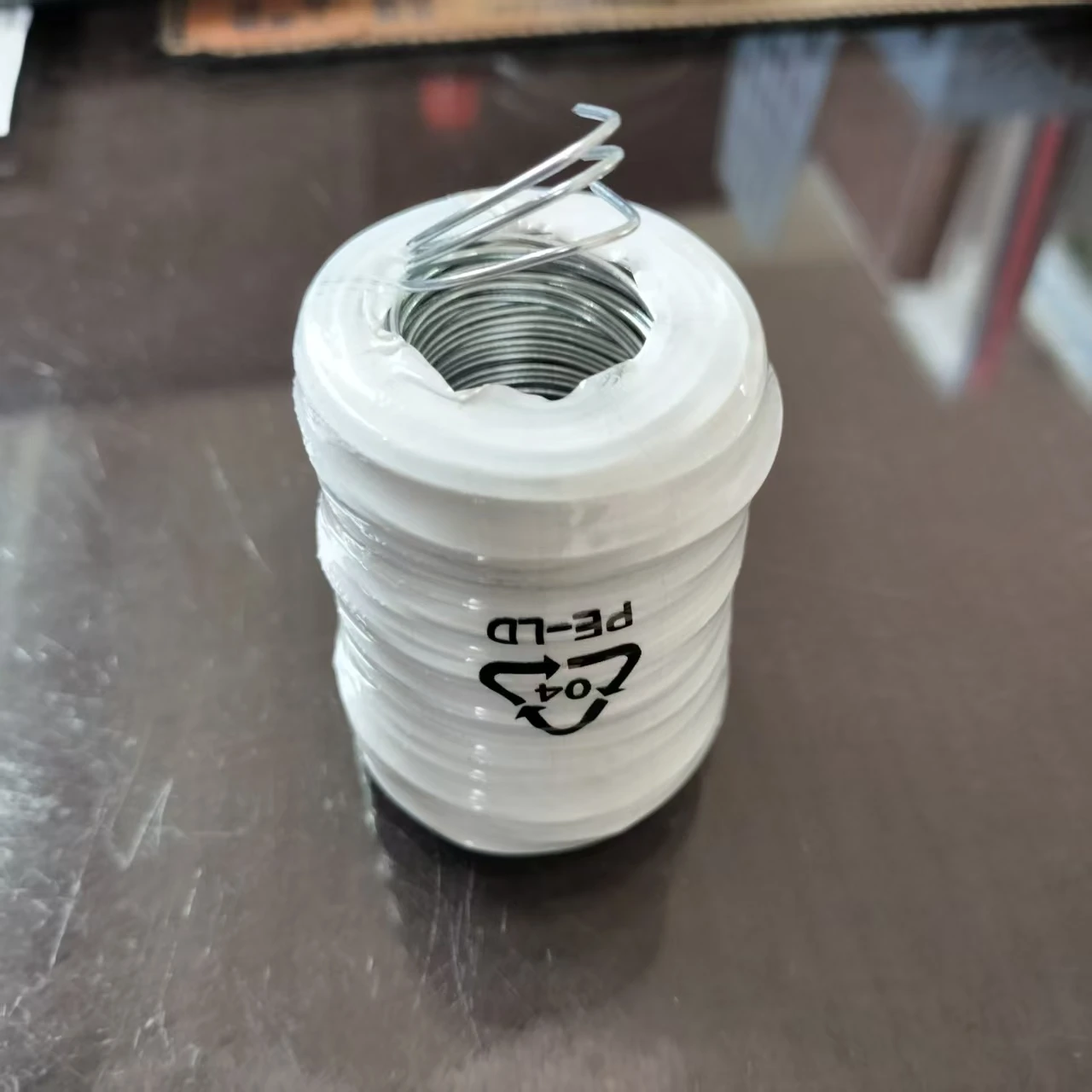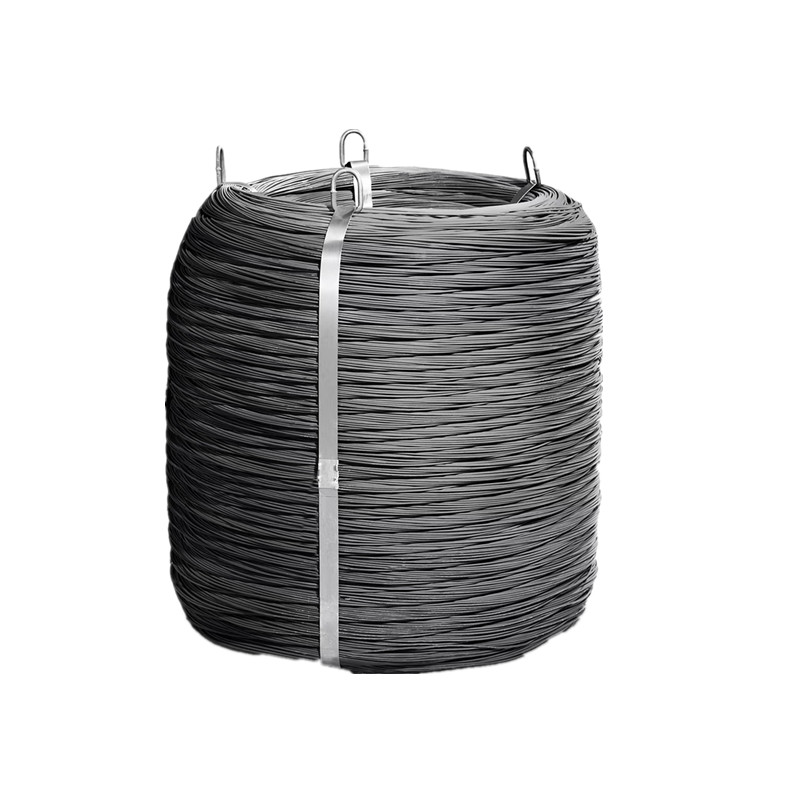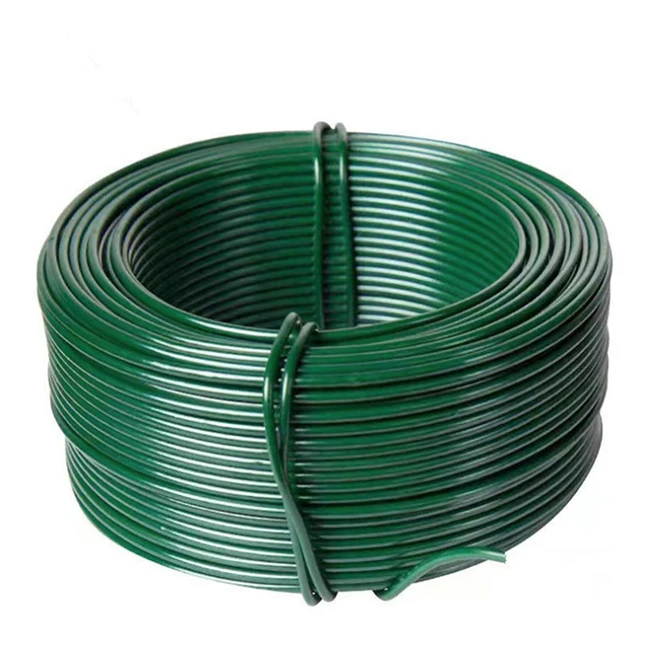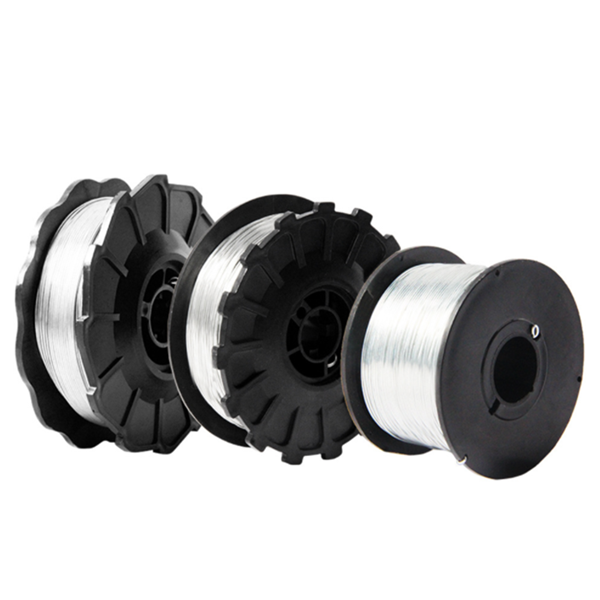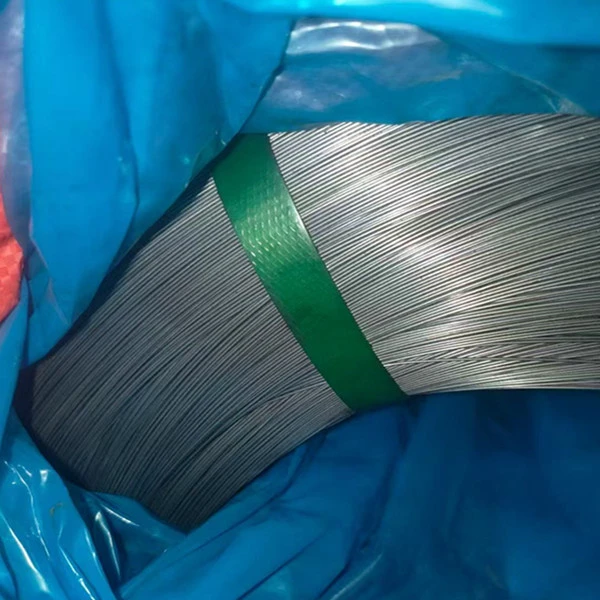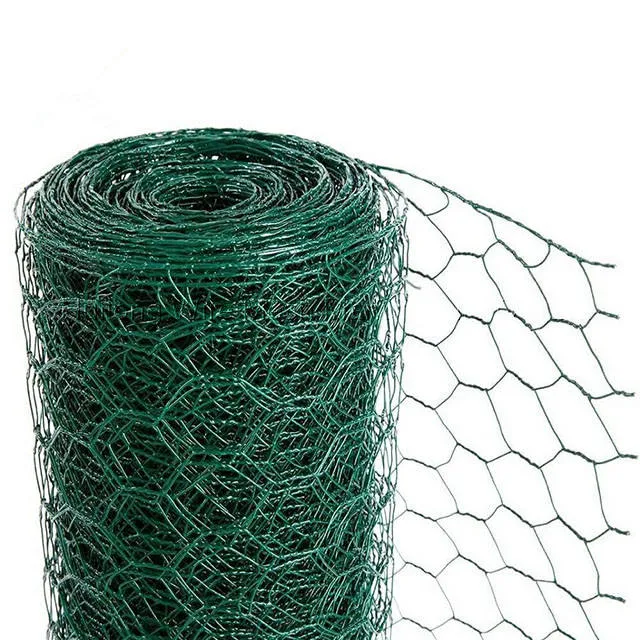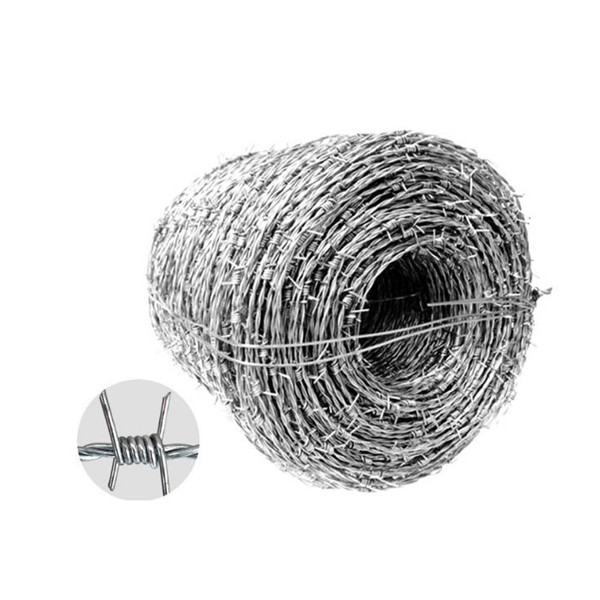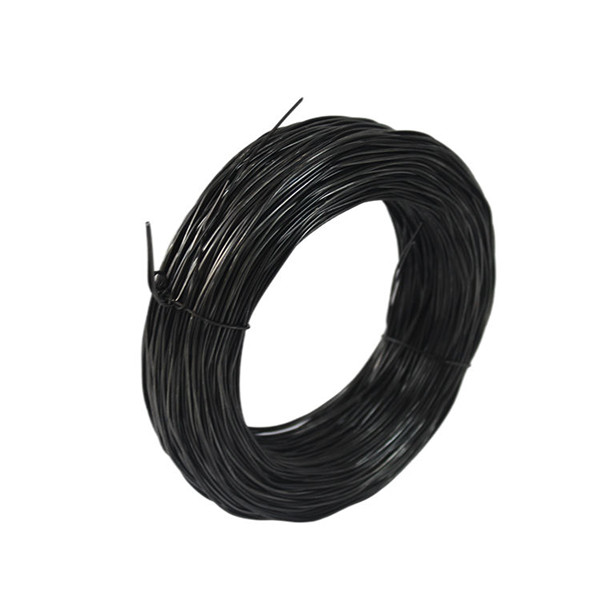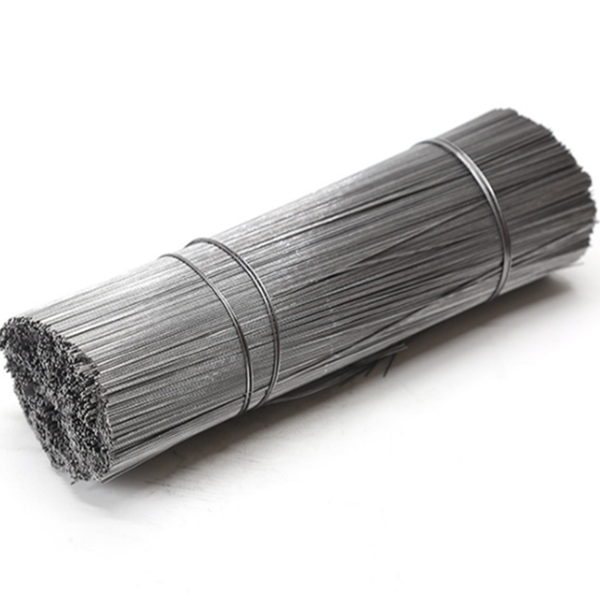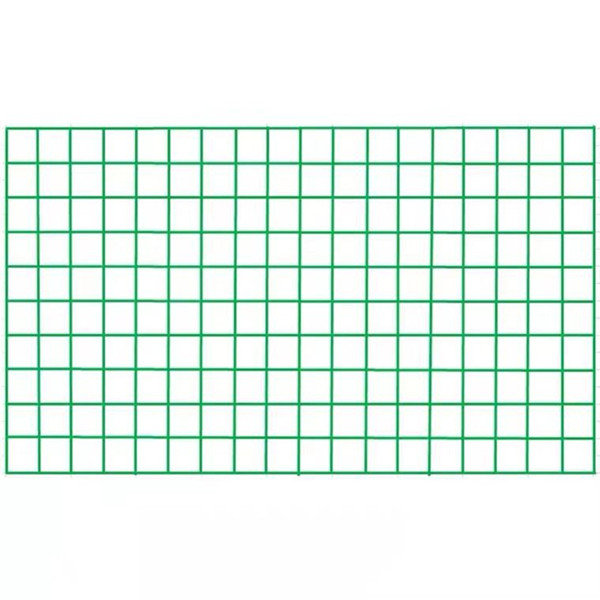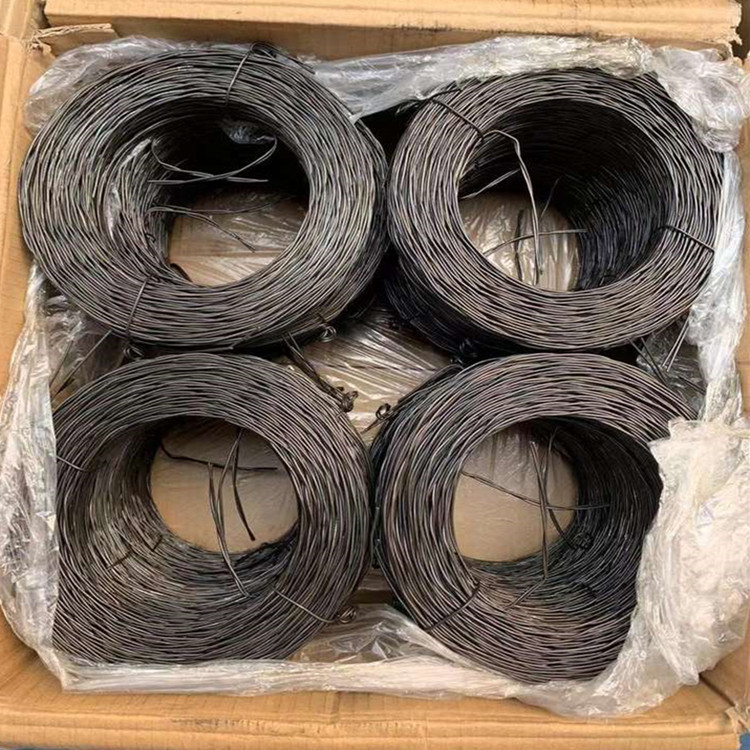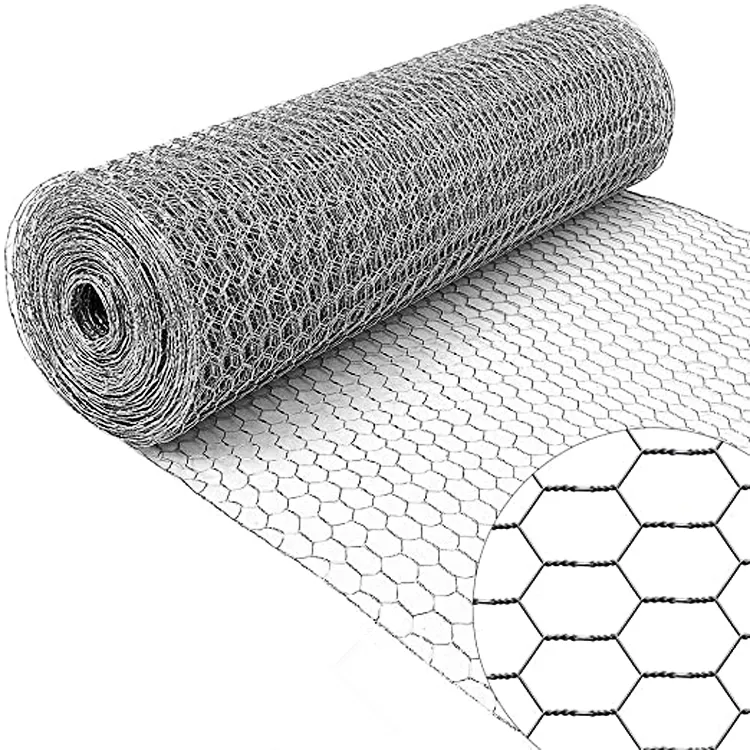Why Strand Wire Fence Remains a Top Choice in Industrial Settings
Having spent more years than I care to count around industrial fencing, there’s something reliably satisfying about strand wire fence. It’s like the workhorse of fencing materials — sturdy, straightforward, and quietly getting the job done without fuss.
You might think all fences are created equal, but strand wire fencing has this blend of high tensile strength and flexibility that lets it take strain better than many alternatives. Frankly, it’s a favorite among farmers, security professionals, and engineers alike because it bends before it breaks. That’s the kind of durability you want when you’re protecting livestock or marking off large industrial sites.
I recall a particularly hot summer job where the temperatures reached unforgiving highs. A chain-link fence might have warped or sagged under stress, but the strand wire fence? It held straight—just the way it’s supposed to. The galvanization process forms a zinc oxide layer that protects against corrosion, roughly stretching the fence’s lifespan far beyond typical wear and tear.
The Craftsmanship: Materials and Design that Matter
Most strand wire fences are crafted using galvanized steel wire, often hot-dipped for that solid corrosion resistance. You’ll find variations with PVC coating, too, which helps for outdoor installations that need an extra layer of weather defense. For industrial environments where exposure to chemicals, saltwater, or heavy abrasion is common, these coatings can be a game changer.
Design-wise, strand wire fences typically feature high tensile wires running horizontally with vertical stay wires to maintain shape and add rigidity. Tension is king here—too little and the fence sags; too much and you risk wire snapping. A delicate balance, but when installed correctly, it’s surprisingly low maintenance.
| Specification | Details |
|---|---|
| Wire Diameter | 2.0 mm – 4.5 mm |
| Material | Hot-dipped Galvanized Steel / PVC-coated Galvanized Steel |
| Post Spacing | 3 m – 4 m (typical) |
| Mesh Height | 1.2 m – 2.4 m |
| Coating Thickness | 40 ~ 70 g/m² Zinc |
Choosing the Right Supplier: A Quick Comparison
In my experience, the quality of strand wire fence often boils down to the manufacturer’s consistency and the kind of after-sales support they provide. It’s a bit like buying any heavy-duty equipment—you want reliability, sure, but also someone who’s ready to back you up if a panel comes faulty or you need advice on installation.
| Vendor | Product Range | Customization | Lead Time | Warranty |
|---|---|---|---|---|
| Lanye Wire Mesh | Wide (multiple gauges and coatings) | Yes (size & coating options) | 2–3 weeks | 1 year standard |
| Generic Fence Supplies | Limited (mostly standard gauges) | No | 3–5 weeks | 6 months |
| ProFencing Inc. | Moderate (specialty coatings available) | Partial | 3 weeks | 1 year |
Putting Strand Wire Fence to Work: A Little Anecdote
Just the other year, one of our clients — a livestock farmer up north — had major issues with repeated fence failures due to wildlife rubbing and harsh winters. After switching to a high-tensile, galvanized strand wire fence, he noticed right away a significant drop in maintenance calls. Not glamorous, sure, but in practical terms? That saved him hundreds in repairs and serious downtime for his cattle.
This kind of real-world resilience is often what people overlook when choosing fencing. It isn’t just about looks or even initial cost — it’s about the fence feeling like it’s on your side. Holding firm, quietly saying, "I’ve got this."
So, if you’re after a fence that offers strength, adaptability, and solid weather resistance, give strand wire fencing a serious thought. It’s an unsung hero of industrial fencing for a reason.
References:
1. Industrial Fencing Trends, Fence World Journal, 2023
2. Lanye Wire Mesh Product Datasheets, 2024
3. Field Notes from Industrial Site Installations, personal archive




